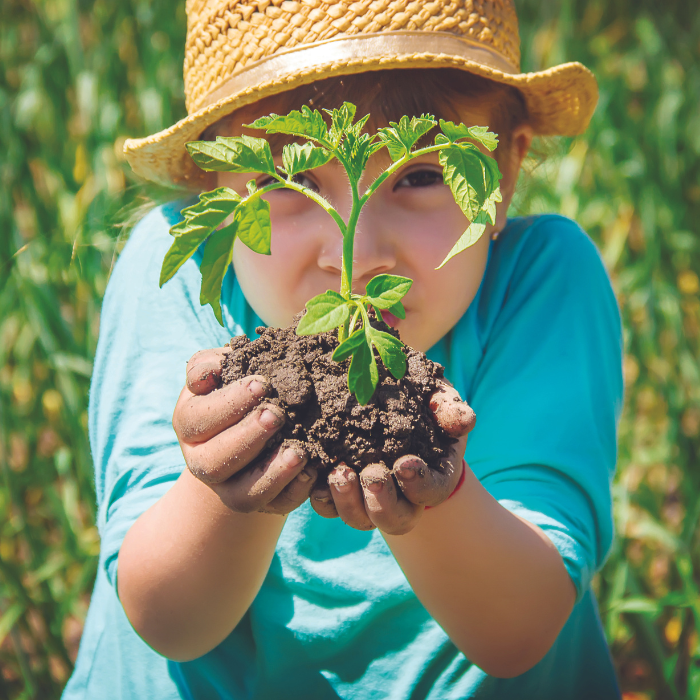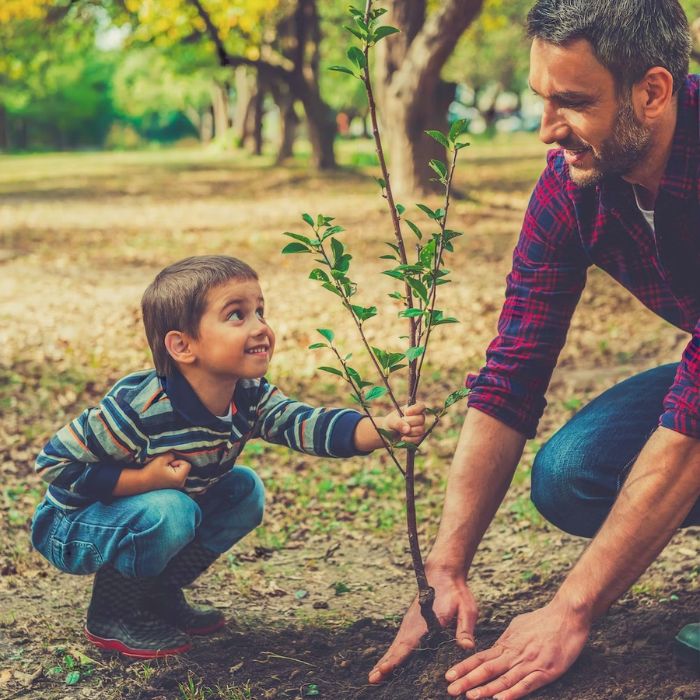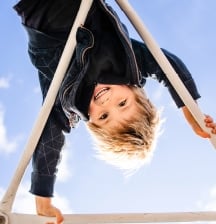
Birdwatching is a great way to discover what is truly special about our natural world and our country. Taking time to get to know the birds around us is a wonderful way to build respect and compassion for nature and all living things.
Birdwatching is also great family time, as children of all ages can take part. Preschoolers will get a kick out of hearing bird song and learning their names. Older children can refine observation skills by noting feathers, flight and bird behaviour. You can go on an adventure to a forest, wetland, river or island sanctuary, or go birdwatching in your own backyard. You can even make a contribution to science!
New Zealand is home to many birds that live nowhere else on Earth. Many of these birds have forgotten how to fly, including the world’s only flightless parrot, kakapo. We’ve named ourselves after arguably the weirdest bird in the world: the kiwi. Our country is also the seabird capital of the world, and we have the largest seabird: the royal albatross.
Birdwatching gear list:
1. A sketch pad or journal, pens and pencils.
2. A bird guide book.
Andrew Crowe has written some wonderful identification books aimed at children, but there are plenty of others as well.
3. Binoculars.
It’s worth investing in one good pair so that school-aged children can focus on details, such as bird colour or beak shape.
4. A camera.
Preschoolers will love the chance to record their findings.
5. If birdwatching away from home, take a backpack with snacks, water, sunscreen, hats and a plastic sheet for sitting on!
6. For serious bird-watchers, a GPS unit is handy for noting exact locations.
Good bird-watching behaviour:
1. Walk slowly and quietly.
2. Point (silently) when you spot something.
3. Stop, sit quietly and let birds come to you. Maybe make a ‘hide’ (camouflage shelter).
4. Learn to recognise the things birds do if they don’t like how close you are getting to them or their nest. Some may fly or dive-bomb above you, or hop in front pretending to have a broken wing. Move quietly away.
5. Be respectful. Don’t shake trees, take eggs or nests or go onto some else’s property without asking.
6. In the wild, do not feed birds as this can discourage them from looking for natural foods. Human food might make them very sick.
7. Look for clues like footprints; likely homes, e.g. burrows, hollows in trees; and listen for bird sounds, such as calls, wings whooshing, tree tops rustling.
8. Try calling forest birds by making a squeaky sound. Rub cork on a glass bottle or suck the back of your hand.
Where in the wild:
Coast and shoreline
Anyone visiting the beach will know seagulls. Look closer to spot the rarer black-billed gull among the common red-billed gull. Fairy terns and dotterels nest on many North Island beaches. Waders like plovers and oystercatchers feed in shallow waters. Only an hour south-east from Auckland, the Miranda Shorebird Centre is an excellent place to see amazing birdlife. Or visit the Royal Albatross Centre, Otago Peninsula, near Dunedin.
Wetlands and rivers
Birds that like wet feet include a huge range of ducks and rails, secretive fernbirds/matata and the quirky pukeko. The whistling blue duck/whio likes fast rivers, while the funky crested grebe/kamana prefers lakes. Kayak around the only white heron/kotuku nesting colony at Okarito Lagoon, South Island. Christchurch’s Travis Wetland has bird hides for viewing the wildlife.
Forests
Fantails/piwakawaka, tomtits/miromiro, robins/toutouwai and more can be found all over New Zealand in a forest near you. Tui and bellbird/koromiko are our iconic songbirds. Kereru are dynamic, glorious birds with purple-green sheens. Only 30 minutes’ drive from central Auckland, the Waitakere Ranges are home to many treasured forest birds.
Mountains
Kea (mountain parrot) are only found in the South Island. National Parks like Arthur’s Pass, Aoraki/Mt Cook and Westland are all home to kea. You can see kea in captivity at Willowbank Wildlife Reserve and Orana Park in Christchurch, and at Auckland and Wellington Zoos.
Your backyard
Commonly seen are sparrows, thrushes, blackbirds and silver-eyes. Install bird baths and hang bird feeders in trees (out of reach of cats) and put them where you can see from a window for hours of bird-watching fun! (Make your cat more bird-friendly by fitting a bell on its collar and keeping it well fed.)
Make your birdwatching count
Turning a child’s interest into action is the next challenge. https://www.inaturalist.org/projects/birds-of-the-world is a great place to share your findings with others, and get help identifying what you have seen.
If you see rare birds like whio, encourage your child to write to DOC because it helps with their research. Maybe encourage them to start up their own research project at school.
Or you can take part in organised surveys, such as these:
Garden bird survey: spend one hour counting birds in your home garden, local park or school ground sometime during 29 June to 7 July and give your findings to Landcare Research. www.landcareresearch.co.nz
Kea winter survey: Kea Conservation Trust run surveys June-July each year, and in summer as well. Go to their website for survey forms and details www.keaconservation.co.nz
Kereru survey: every year in mid September, Kereru Discovery Club count kereru in cities and towns all over the country. Enter your results online https://www.greatkererucount.nz
Where can I see kiwi?
Did you know there are actually five types of kiwi? It’s very hard to see kiwi in the wild as they are nocturnal (only come out at night) and are shy of people. There are kiwi houses around the country and several wildlife parks offer night tours, including Willowbank Wildlife Reserve in Christchurch, Zealandia in Wellington, Rotorua’s Rainbow Springs and Otorohonga Kiwi House. Tours also operate in wilder places including Northland’s Waipoua and Trounson Kauri Parks.
Sarah Mankelow has worked in conservation for over 15 years, and is the mother of two nature-loving children.
Image above: ‘The Great Kereru Count’








